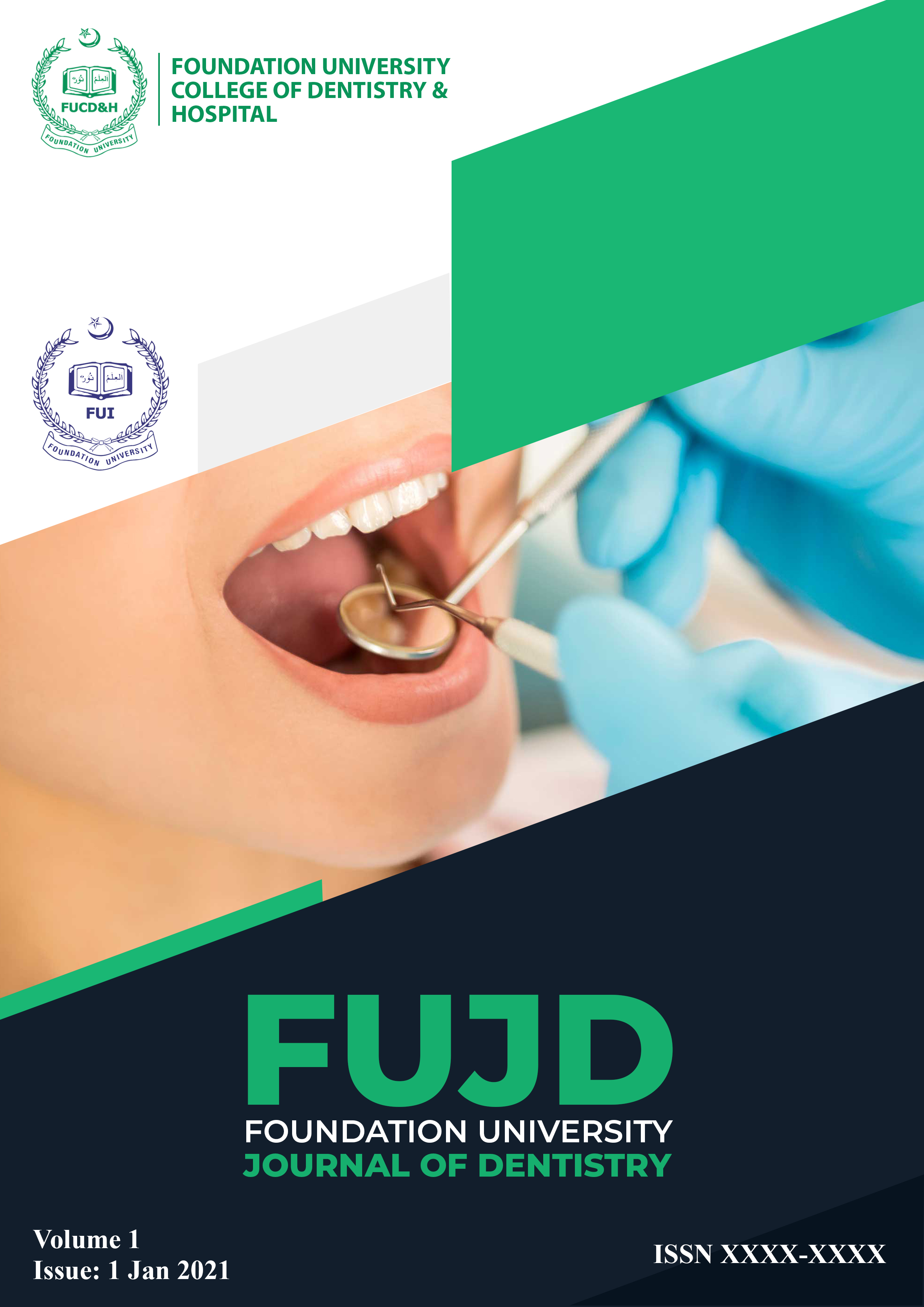Conventional Rotary versus Piezoelectric Techniques for Extraction of Impacted Mandibular Third Molars; Comparison of the Duration of Surgery and Postoperative Pain
Abstract
Objective: Comparison of piezoelectric surgery and conventional rotary procedures to remove impacted mandibular 3rd molars with respect to average surgical time and post-operative pain.
Materials and Methods: Seventy patients with mesioangular impacted mandibular third molars were included in this randomized clinical trial. Patients were divided into two groups i.e., Group A: the control (conventional) group (n = 35), in which the third molar was extracted by using a slow-speed handpiece, and Group B: an experimental (piezoelectric) group (n = 35), in which the third molar was extracted by piezosurgery. The clinical parameters were evaluated by a self-reported questionnaire. The procedural time was noted in both groups and pain level was assessed at 1st and 7th post-operative days using a VisualAnalogue Scale.
Results: The average age of the study subjects are 30.60±7.39 years, whereas gender distribution was 20 (28.6%) males and 50 (71.4%) females. The mean duration of surgery was significantly lower in Group A as compared to Group B (36.5±4.44 vs. 50.6±7.43, p<0.001). The mean pain score was significantly higher in Group A as compared to Group B on 1st postoperative day (5.80±0.86 vs 4.40±0.81, p<0.001) and 7th postoperative day (3.68±0.79 vs 3.28±0.62, p=0.022), respectively.
Conclusion: Piezoelectric surgery reduces postoperative pain significantly therefore it is more reliable, effective, and valuable than traditional rotary systems for surgically removing impacted mandibular third molars.

This work is licensed under a Creative Commons Attribution-NonCommercial 4.0 International License.
All copyrights © are reserved with the author(s) under (CC BY-NC 4.0). Foundation University Journal of Dentistry (FUJD) is an open-access peer-reviewed journal that allows free access to its published articles, in addition, to copying and use for research and academic purposes; provided the article is correctly cited. FUJD does not allow commercial use of any article published in FUJD. All articles published represent the view of the authors and do not reflect the official policy of FUJD.



